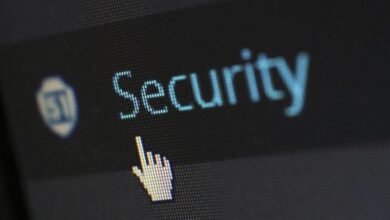Suspicious Caller Lookup 3299604008 3892809810 3444357413 3294016670 3511547350 3278687769

Suspicious caller numbers such as 3299604008, 3892809810, and others warrant careful examination. These numbers often share common indicators of fraudulent behavior, raising concerns about potential scams. Understanding the origins and tactics used by these callers is crucial. A systematic approach to conducting a caller lookup can reveal patterns that may protect individuals from unwanted engagements. The implications of ignoring these red flags could be significant, prompting a deeper inquiry into their true nature.
Understanding Suspicious Caller Numbers
While many individuals may receive calls from unknown numbers, understanding suspicious caller numbers is crucial for identifying potential scams and protecting personal information.
Employing caller identification techniques enables individuals to assess phone number reputation, revealing patterns associated with fraudulent activities.
Analyzing caller behavior and utilizing databases of reported scams can empower users to discern legitimate calls from malicious intent, fostering a safer communication environment.
How to Conduct a Caller Lookup
Conducting a caller lookup is an essential process for individuals seeking to verify the identity of unknown numbers, particularly those suspected of fraudulent activity.
Utilizing various caller identification methods, individuals can perform a reverse phone lookup to obtain pertinent information. This process involves accessing databases that compile user data, enabling users to identify callers and protect themselves from potential scams effectively.
Red Flags of Phone Scams
Identifying the red flags of phone scams is crucial for safeguarding personal information and finances, as many fraudulent calls employ specific tactics to manipulate unsuspecting victims.
Scam recognition often hinges on peculiar caller identification features, such as unfamiliar numbers, high-pressure tactics, or requests for sensitive data.
Recognizing these indicators allows individuals to effectively discern legitimate calls from potential scams, enhancing personal security.
Tips for Protecting Yourself From Unwanted Calls
Understanding the tactics employed by scammers is only the first step in mitigating the risk of unwanted calls.
Implementing call blocking features on mobile devices can significantly reduce these interruptions. Additionally, adjusting privacy settings to limit information sharing with third parties is crucial.
Conclusion
In the labyrinth of modern communication, suspicious caller numbers loom like shadows, often masking deceit behind a facade of urgency. Conducting a caller lookup serves as a beacon, illuminating the hidden dangers that these numbers may pose. By recognizing the telltale signs of scams, individuals arm themselves with the knowledge to navigate this treacherous terrain. Ultimately, vigilance and informed decision-making can transform the cacophony of unwanted calls into a symphony of safety, safeguarding personal security in an ever-evolving digital landscape.



